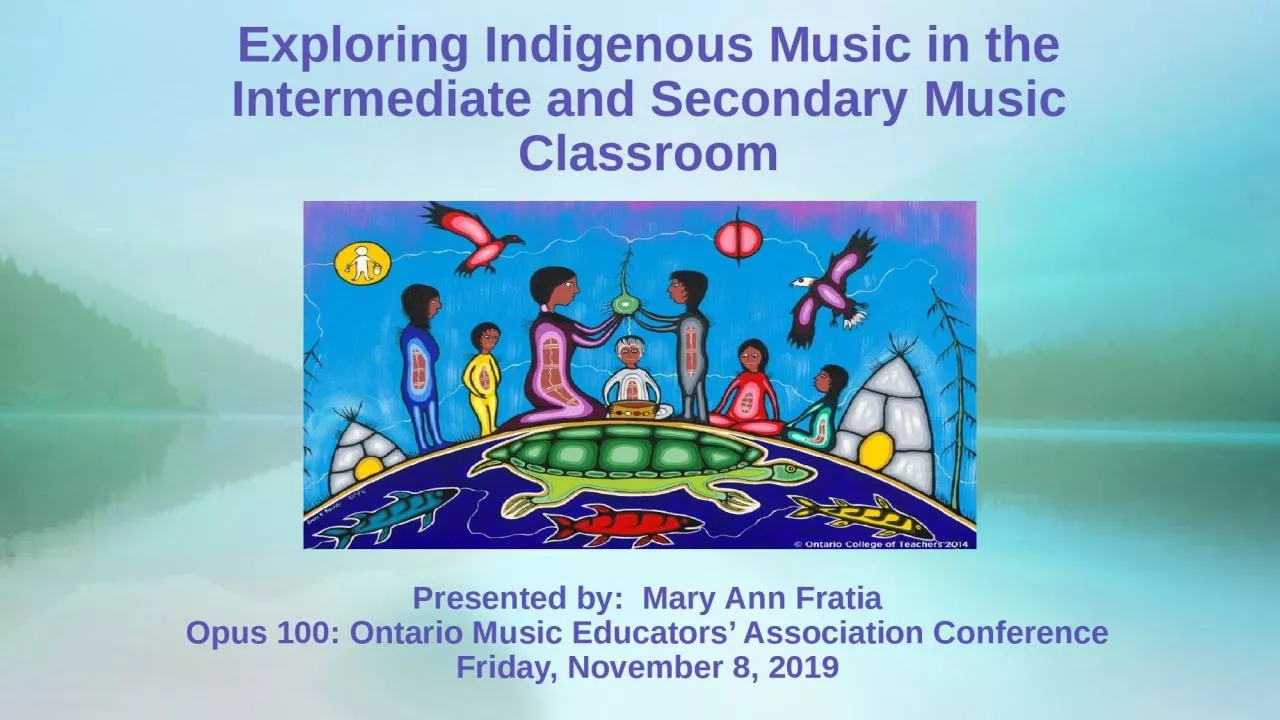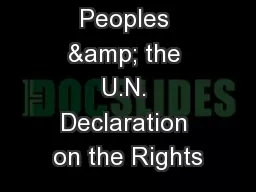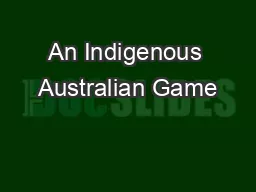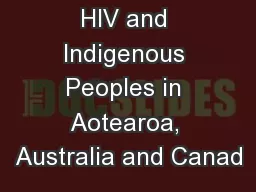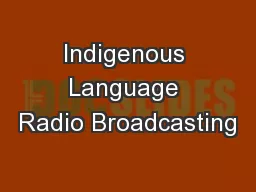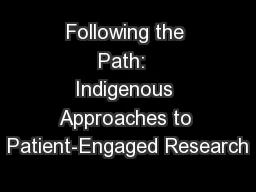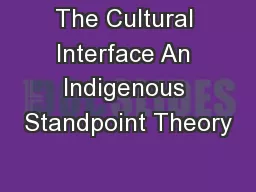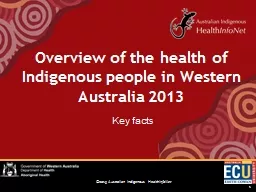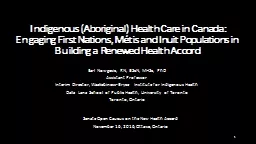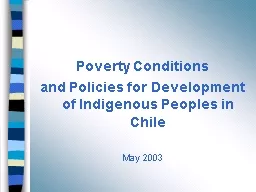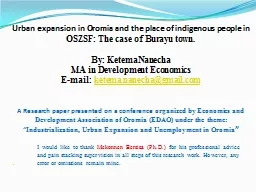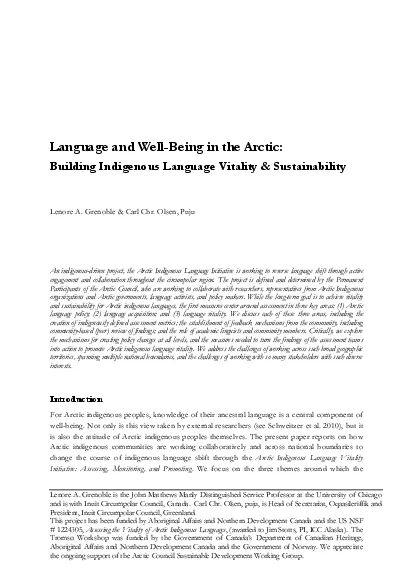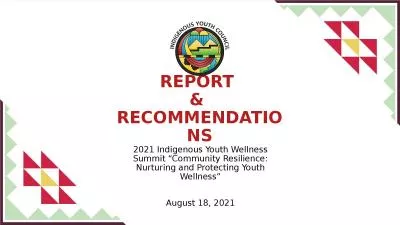PPT-Exploring Indigenous Music in the Intermediate and Secondary Music Classroom
Author : bitsy | Published Date : 2023-09-18
Presented by Mary Ann Fratia Opus 100 Ontario Music Educators Association Conference Friday November 8 2019 Mary Ann Fratia 35 years experience in public education
Presentation Embed Code
Download Presentation
Download Presentation The PPT/PDF document "Exploring Indigenous Music in the Interm..." is the property of its rightful owner. Permission is granted to download and print the materials on this website for personal, non-commercial use only, and to display it on your personal computer provided you do not modify the materials and that you retain all copyright notices contained in the materials. By downloading content from our website, you accept the terms of this agreement.
Exploring Indigenous Music in the Intermediate and Secondary Music Classroom: Transcript
Download Rules Of Document
"Exploring Indigenous Music in the Intermediate and Secondary Music Classroom"The content belongs to its owner. You may download and print it for personal use, without modification, and keep all copyright notices. By downloading, you agree to these terms.
Related Documents

